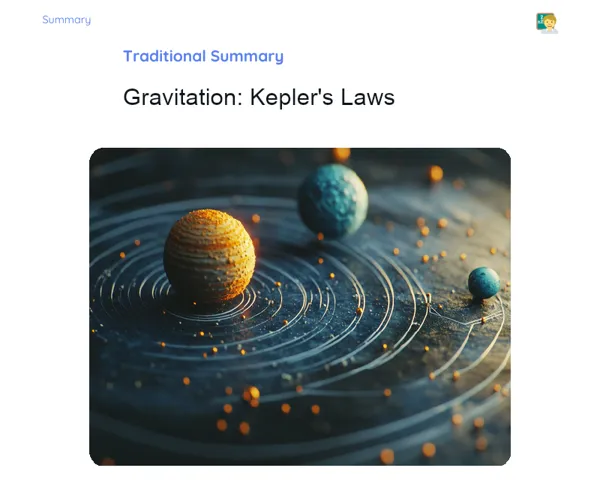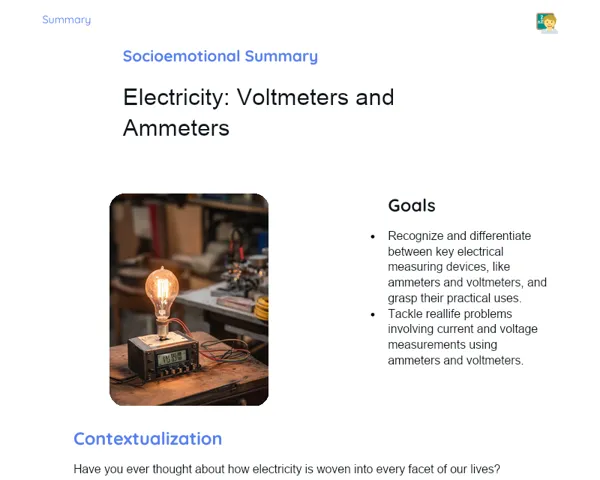Goals
1. Grasp the basic concepts of calorimetry and latent heat.
2. Calculate latent heat during different phase change processes.
3. Tackle problems related to heat exchange during phase changes, like the melting of ice into water.
Contextualization
Calorimetry refers to the science that examines the transfer of heat between different substances. Understanding latent heat is key in grasping how matter changes its phase, such as melting (from solid to liquid) and vaporization (from liquid to gas). For instance, when an ice cube melts in a glass of water, there’s a heat exchange that facilitates this change of state. This knowledge finds practical applications in various sectors, including thermal engineering, essential for designing heating and cooling solutions, and the food industry, where it’s crucial for preserving and ensuring product quality.
Subject Relevance
To Remember!
Concept of Latent Heat
Latent heat is the heat required to change the physical state of a substance without altering its temperature. This concept is essential in understanding how thermal energy operates during phase changes, such as melting and vaporization.
-
Latent heat doesn’t change the temperature; it merely changes the state of the substance.
-
There are two primary types of latent heat: latent heat of fusion (solid to liquid) and latent heat of vaporization (liquid to gas).
-
The latent heat is calculated using the formula Q = mL, where Q represents the heat supplied or absorbed, m denotes the mass of the substance, and L indicates specific latent heat.
Heating and Cooling Graphs
Heating and cooling graphs depict the relationship between the temperature of a substance and time or the amount of heat supplied. They assist in visualizing the points at which phase changes occur and the heat required for these transitions.
-
The horizontal sections of the graph show the stages of state change where temperature remains constant.
-
The sloped sections indicate heating or cooling, where the temperature of the substance either increases or decreases.
-
Accurately interpreting these graphs is critical in understanding a substance's thermal behaviour during phase changes.
Fundamental Equations of Calorimetry
Calorimetry equations help calculate the heat exchanged between systems during heating and cooling. These equations are foundational in solving real-world problems related to heat and phase changes.
-
The equation Q = mcΔT calculates sensible heat, where Q is the heat exchanged, m is the mass, c is the specific heat, and ΔT indicates temperature change.
-
The equation Q = mL calculates latent heat, where L is the specific latent heat of the substance.
-
A key principle in calorimetry is energy conservation, which states the total heat in an isolated system remains constant.
Practical Applications
-
In thermal engineering, an understanding of latent heat is applied to create efficient heating and cooling systems like air conditioners and refrigerators.
-
In the food industry, controlling latent heat is crucial during freezing and thawing to maintain product quality and safety.
-
In sustainable energy projects, materials with high latent heat capacity are utilized to store and release thermal energy efficiently, such as in solar heating systems.
Key Terms
-
Latent Heat: The heat required to change a substance's physical state without altering its temperature.
-
Melting: The process of transitioning from solid to liquid, which involves absorbing latent heat.
-
Vaporization: The process of turning from liquid to gas, which also requires the absorption of latent heat.
-
Calorimetry: The branch of science studying heat transfer between bodies and systems.
-
Sensible Heat: The heat that leads to temperature change in a substance without altering its physical state.
Questions for Reflections
-
How can we leverage knowledge of latent heat to enhance energy efficiency in heating and cooling systems?
-
What challenges does the food sector encounter in managing latent heat during food processing and storage?
-
How can an understanding of heating and cooling graphs assist in finding solutions to practical problems in thermal engineering?
Practical Challenge: Building a Simple Cooling System
Let’s solidify our understanding of latent heat by creating a straightforward cooling system using readily available materials.
Instructions
-
Gather materials: plastic cups, ice, salt, and thermometers.
-
Fill half a cup with ice.
-
Measure and note the initial temperature of the ice.
-
Add a generous pinch of salt to the ice and mix well.
-
Measure and document the temperature of the ice every 2 minutes for 10 minutes.
-
Observe the temperature changes and relate them to the concept of latent heat of fusion.


